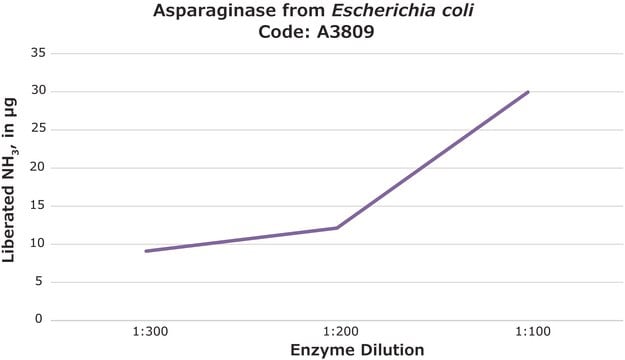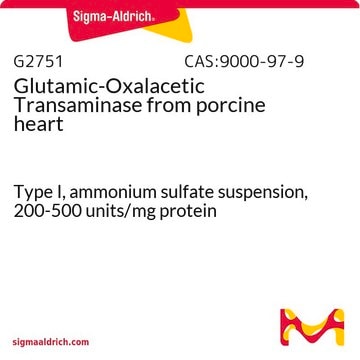A7002
Agar
ash 2.0-4.5%
Sinónimos:
Agar goma, Agar-agar
About This Item
Productos recomendados
origen biológico
algae (Rhodophyceae)
Nivel de calidad
formulario
flakes
powder or crystals
técnicas
tissue culture: suitable
ceniza
2.0-4.5%
fuerza de gel
600-1200 g/cm2 (1.5%, 20 oC)
InChI
1S/C14H24O9/c1-5-8(16)13-11(7(21-5)4-20-13)23-14-10(18)12(19-2)9(17)6(3-15)22-14/h5-18H,3-4H2,1-2H3/t5?,6-,7?,8-,9+,10-,11?,12+,13+,14?/m1/s1
Clave InChI
GYYDPBCUIJTIBM-DYOGSRDZSA-N
¿Está buscando productos similares? Visita Guía de comparación de productos
Descripción general
Aplicación
- as a component of solid N6 complete medium
- in modified Murashige and Skoog (MS) medium for culturing germinating lentil and faba bean seeds and in the regeneration of transgenic cauliflower and broccoli explants
- as a component of agar mixture to simulate a vascular phantom in carotid vessel
Acciones bioquímicas o fisiológicas
Código de clase de almacenamiento
11 - Combustible Solids
Clase de riesgo para el agua (WGK)
WGK 1
Equipo de protección personal
Eyeshields, Gloves, type N95 (US)
Choose from one of the most recent versions:
¿Ya tiene este producto?
Encuentre la documentación para los productos que ha comprado recientemente en la Biblioteca de documentos.
Los clientes también vieron
Nuestro equipo de científicos tiene experiencia en todas las áreas de investigación: Ciencias de la vida, Ciencia de los materiales, Síntesis química, Cromatografía, Analítica y muchas otras.
Póngase en contacto con el Servicio técnico


